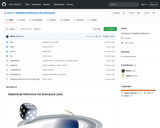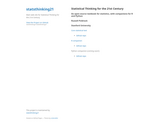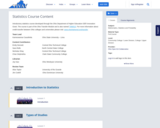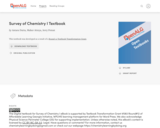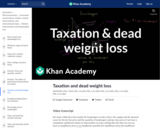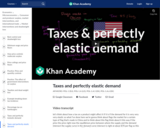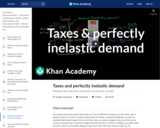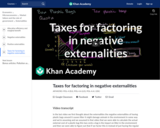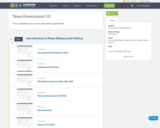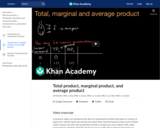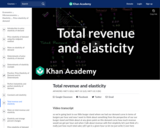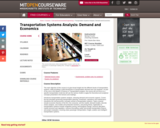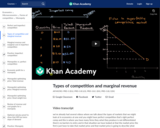I hope you find this book useful in teaching statistics. When writing this book, I tried to follow the GAISE Standards (GAISE recommendations. (2014, January 05). Retrieved from http://www.amstat.org/education/gaise/GAISECollege_Recommendations.pdf), which are:
1.) Emphasis statistical literacy and develop statistical understanding.
2.) Use real data.
3.) Stress conceptual understanding, rather than mere knowledge of procedure.
4.) Foster active learning in the classroom.
5.) Use technology for developing concepts and analyzing data.
To this end, I ask students to interpret the results of their calculations. I incorporated the use of technology for most calculations. Because of that you will not find me using any of the computational formulas for standard deviations or correlation and regression since I prefer students understand the concept of these quantities. Also, because I utilize technology you will not find the standard normal table, Student’s t-table, binomial table, chi-square distribution table, and F-distribution table in the book. The only tables I provided were for critical values for confidence intervals since they are more difficult to find using technology. Another difference between this book and other statistics books is the order of hypothesis testing and confidence intervals. Most books present confidence intervals first and then hypothesis tests. I find that presenting hypothesis testing first and then confidence intervals is more understandable for students. Lastly, I have deemphasized the use of the z-test. In fact, I only use it to introduce hypothesis testing, and never utilize it again. You may also notice that when I introduced hypothesis testing and confidence intervals, proportions were introduced before means. However, when two sample tests and confidence intervals are introduced I switched this order. This is because usually many instructors do not discuss the proportions for two samples. However, you might try assigning problems for proportions without discussing it in class. After doing two samples for means, the proportions are similar. Lastly, to aid student understanding and interest, most of the homework and examples utilize real data. Again, I hope you find this book useful for your introductory statistics class.
I want to make a comment about the mathematical knowledge that I assumed the students possess. The course for which I wrote this book has a higher prerequisite than most introductory statistics books. However, I do feel that students can read and understand this book as long as they have had basic algebra and can substitute numbers into formulas. I do not show how to create most of the graphs, but most students should have been exposed to them in high school. So I hope the mathematical level is appropriate for your course.
The technology that I utilized for creating the graphs was Microsoft Excel, and I utilized the TI-83/84 graphing calculator for most calculations, including hypothesis testing, confidence intervals, and probability distributions. This is because these tools are readily available to my students. Please feel free to use any other technology that is more appropriate for your students. Do make sure that you use some technology.
